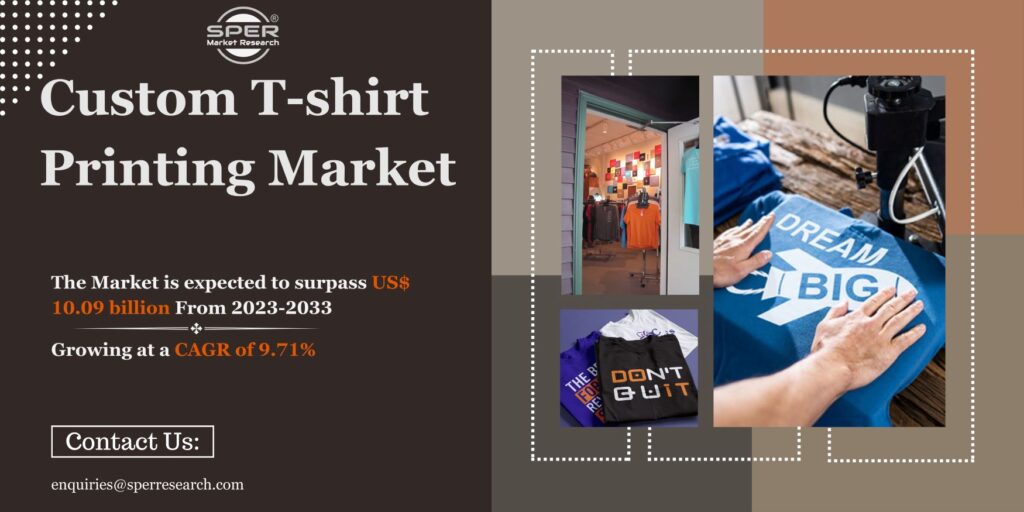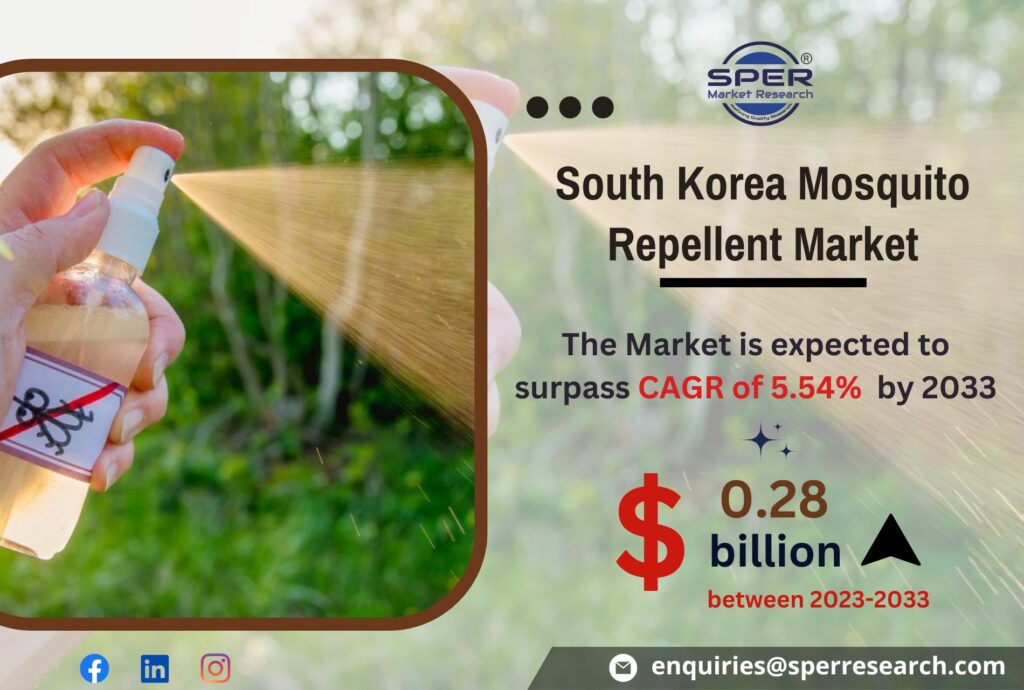The usage of pollution masks as a protective facial covering to filter out air pollutants like dust, pollen, germs, formaldehyde, bacteria, viruses, and allergens is on the rise. In China, there is a wide range of pollution masks available, including both disposable and reusable options with various types of filters to combat particulates, gases, or odors. The high levels of atmospheric pollution in urbanized areas of China have heightened the demand for pollution masks to safeguard against chronic respiratory conditions like asthma, lung cancer, and bronchitis.
According to SPER market research, ‘China Pollution Mask Market Size- By Type, By Product, By Application, By Particulate Matter, By Standard Ratings, By Distribution Channel- Regional Outlook, Competitive Strategies and Segment Forecast to 2033’ state that the China Pollution Mask Market is predicted to reach USD 2.11 billion by 2033 with a CAGR of 8.83%.
In recent years, the demand for pollution masks in China has experienced significant growth due to increasing levels of air pollution caused by factors like a growing vehicle fleet, expanding construction activities, and heavy industrial emissions. The heightened exposure to hazardous pollutants, dust, smoke, and soot has led to a rise in airborne diseases. This, along with rising consumer health concerns and the easy availability of anti-pollution masks through various distribution channels, has driven market expansion in the region. Moreover, the Chinese government’s implementation of strict regulations and awareness programs has further promoted the use of pollution masks.
However, the adoption of high-end safety items like pollution masks may be impacted by changes in the socioeconomic conditions of the nation. Additionally, the presence of fake goods puts consumers’ health at risk and erodes market trust, mandating action to stop fraudulent goods and guarantee product quality and safety. For the China pollution mask market to continue expanding, it will be essential to address these issues while maximising the driving forces.
Request For Free Sample Report @ https://www.sperresearch.com/report-store/china-pollution-mask-market.aspx?sample=1
Impact of COVID-19 on China Pollution Mask Market
Additionally, the outbreak of the COVID-19 pandemic in China has resulted in an exponential surge in demand for pollution masks. In response to high infection rates and casualties, the China National Health Commission has enforced prevention measures, including the use of specialized N95 pollution masks capable of restricting the microdroplet transmission of the coronavirus. The changing socio-economic landscape of the country has also led to increased spending on premium safety products like pollution masks.
China Pollution Mask Market Key Players:
Geographically, the demand for pollution masks in China is widespread and spans various regions, driven by the elevated levels of air pollution. Major cities like Beijing, Shanghai, and Guangzhou face severe pollution, resulting in a greater uptake of pollution masks. Furthermore, industrial zones and densely populated areas are also witnessing a significant increase in demand for pollution masks. Additionally, some of the market key players are 3M China Ltd., China Maskin Co., Ltd, Honeywell China Co., Ltd., Respro Ltd, Totobobo Pte. Ltd, Others.
China Pollution Mask Market Segmentation:
The SPER Market Research report seeks to give market dynamics, demand, and supply forecasts for the years up to 2033. This report contains statistics on product type segment growth estimates and forecasts.
| By Type: | · Foldable
· Non-Foldable |
| By Product: | · Disposable
· Reusable |
| By Application: | · Commercial/Industrial
· Individual · Others |
| By Particulate Matter: | · PM 0.3
· PM 1 · PM 2.5 · PM 10 |
| By Standard Ratings: | · N95
· N99 · N100 · Others |
| By Region: | · East China
· North · Northeast China · Northwest China · South Central China · Southwest China |
This study also encompasses various drivers and restraining factors of this market for the forecast period. Various growth opportunities are also discussed in the report.
For More Information, refer to below link:-
China Pollution Mask Market Future Growth
Related Reports:
Follow Us –
LinkedIn | Instagram | Facebook | Twitter
Contact Us:
Sara Lopes, Business Consultant – U.S.A.
SPER Market Research
+1-347-460-2899









